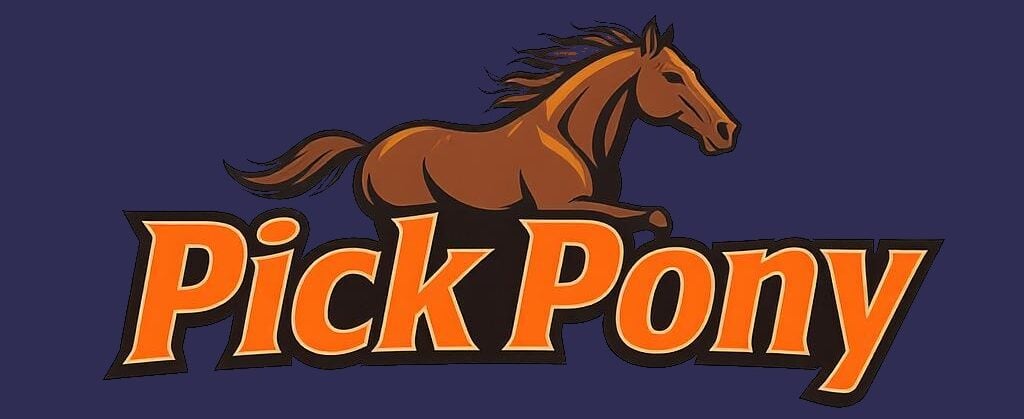Equibase has officially introduced a computer-generated rating system that assigns performance scores to nearly every Thoroughbred racehorse training in North America, providing racing secretaries with an alternative tool for creating race conditions. The system appeared on horse profile pages starting October 16, 2025, with Santa Anita expected to be the first track to implement “Ratings Handicaps” as early as October 24.
System Overview
The Equibase Ratings system assigns numerical scores to horses based on performance data, with higher numbers indicating superior class. Current ratings range from a low of 18 for a 3-year-old maiden claimer to a high of 107 for Grade 1 winner Lovesick Blues. These ratings are updated regularly throughout a horse’s competitive career and consider multiple performance factors.
Santa Anita became the testing ground after adding three “extra” races to their overnight entries for October 19, categorized as Ratings Handicaps for horses with ratings of 50-59, 70+, and 95+. The racing office distributed a list of ratings for 1,413 Southern California-based horses, though many trainers were initially surprised by the announcement since they hadn’t been previously informed.
The concept originated from Sal Sinatra’s proposal five years ago at the Maryland Jockey Club to create a handicap rating system similar to those used in Europe and Australia. These international systems have successfully operated for decades in major racing centers like Great Britain, Ireland, and Hong Kong, where claiming races are rare and constant horse movement between stables is minimal.
Industry Goals
The system aims to address several industry challenges including horses that have “run out of places to run,” particularly fillies worth significant breeding value but facing only low-level claiming races. By providing alternative race conditions, the system hopes to increase field sizes, boost the number of starts per horse, and reduce races that fail to fill. Research shows larger fields generate more wagering interest.
Safety Considerations
Development was partially motivated by Equine Injury Database research showing that horses changing barns frequently face increased injury risk. The rating system could potentially reduce claiming activity while maintaining competitive racing opportunities.
Project Leadership
Kyle McDoniel, Equibase president, indicated that Chance Moquett, who joined Equibase from his training background, has overseen the project development. The system involved consultation with programmers, data analysts, and various industry stakeholders during development.
Future Outlook
McDoniel emphasized this system serves as a “complement to rather than replacement” for existing race conditions, particularly targeting races with complex, lengthy written conditions. Individual racetracks will have discretion in adopting the ratings and determining how to categorize horses within different ranges. The development team will continue collaborating with racing offices for future adjustments based on early implementation results.
Image Credits
In-Article Image Credits
Equibase logo via EquibaseFeatured Image Credit
Equibase logo via Equibase

